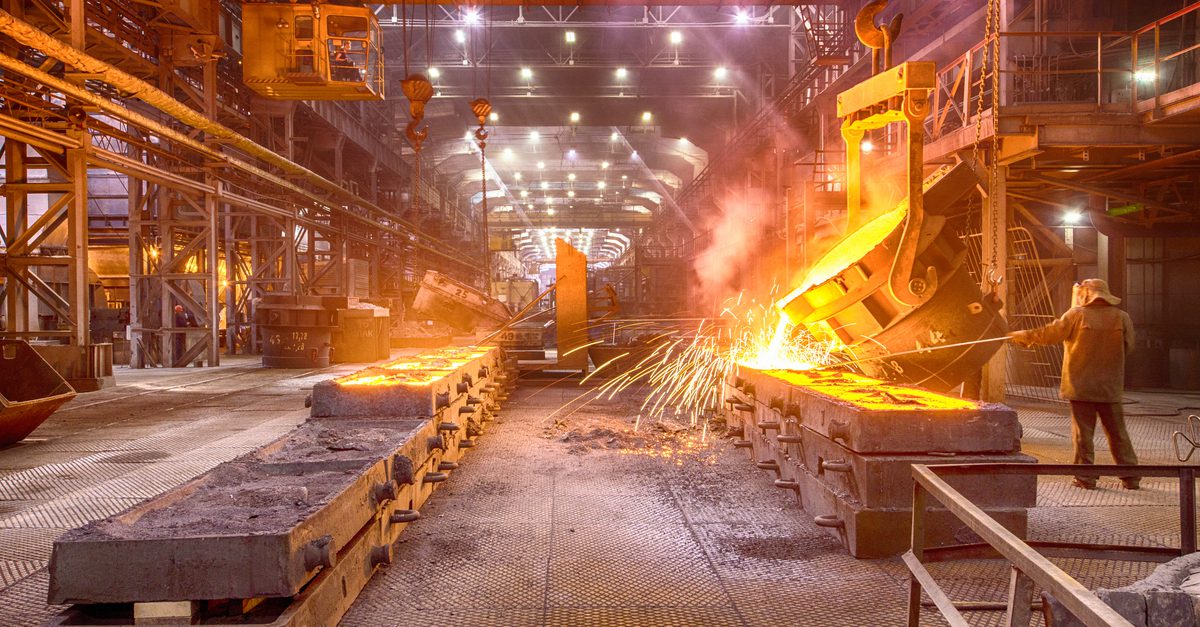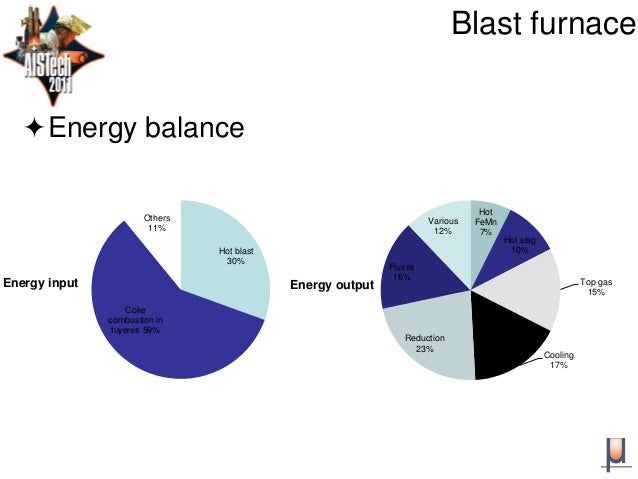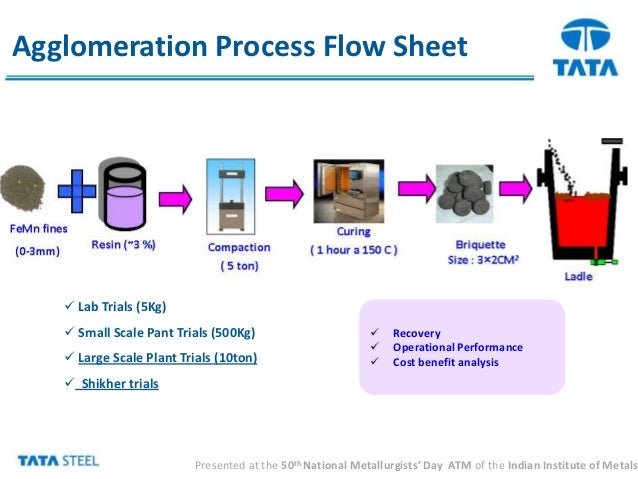

About 30 percent of that is used during refinement of iron ore, and the remaining 70 percent is used as an alloy in the final steel product.ĭesert Varnish: Black "desert varnish" is a thin coating of manganese oxide that covers the exposed faces of some rocks in arid areas. The amount of manganese used per ton of steel is rather small, ranging from 6 to 9 kilograms. It also is an essential alloy that helps convert iron into steel.Īs an alloy, it decreases the brittleness of steel and imparts strength. Manganese removes oxygen and sulfur when iron ore (an iron and oxygen compound) is converted into iron. It is therefore considered to be one of the most critical mineral commodities for the United States.Īs much as 90 percent of manganese consumption, both in the United States and globally, is accounted for by the steel industry. Manganese is essential and irreplaceable in steelmaking, and its global mining industry is dominated by just a few nations. The significance of manganese to human societies exploded with the development of modern steelmaking technology in the 1860s. Its early use was mainly in pigments and oxidants in chemical processes.

Manganese constitutes roughly 0.1 percent of the Earth’s crust, making it the 12th most abundant element. The United States is totally reliant on imports for this amount of manganese. Domestic consumption of manganese is about 500,000 metric tons each year, predominantly by the steel industry. Put in simplest terms - you can’t make steel without manganese.

Although the amount of manganese used to make a ton of steel is small, it is just as essential as iron to produce this fundamental building block of modern societies. Far fewer know that it is also made of manganese. Many people would correctly respond that steel is made of iron.


 0 kommentar(er)
0 kommentar(er)
